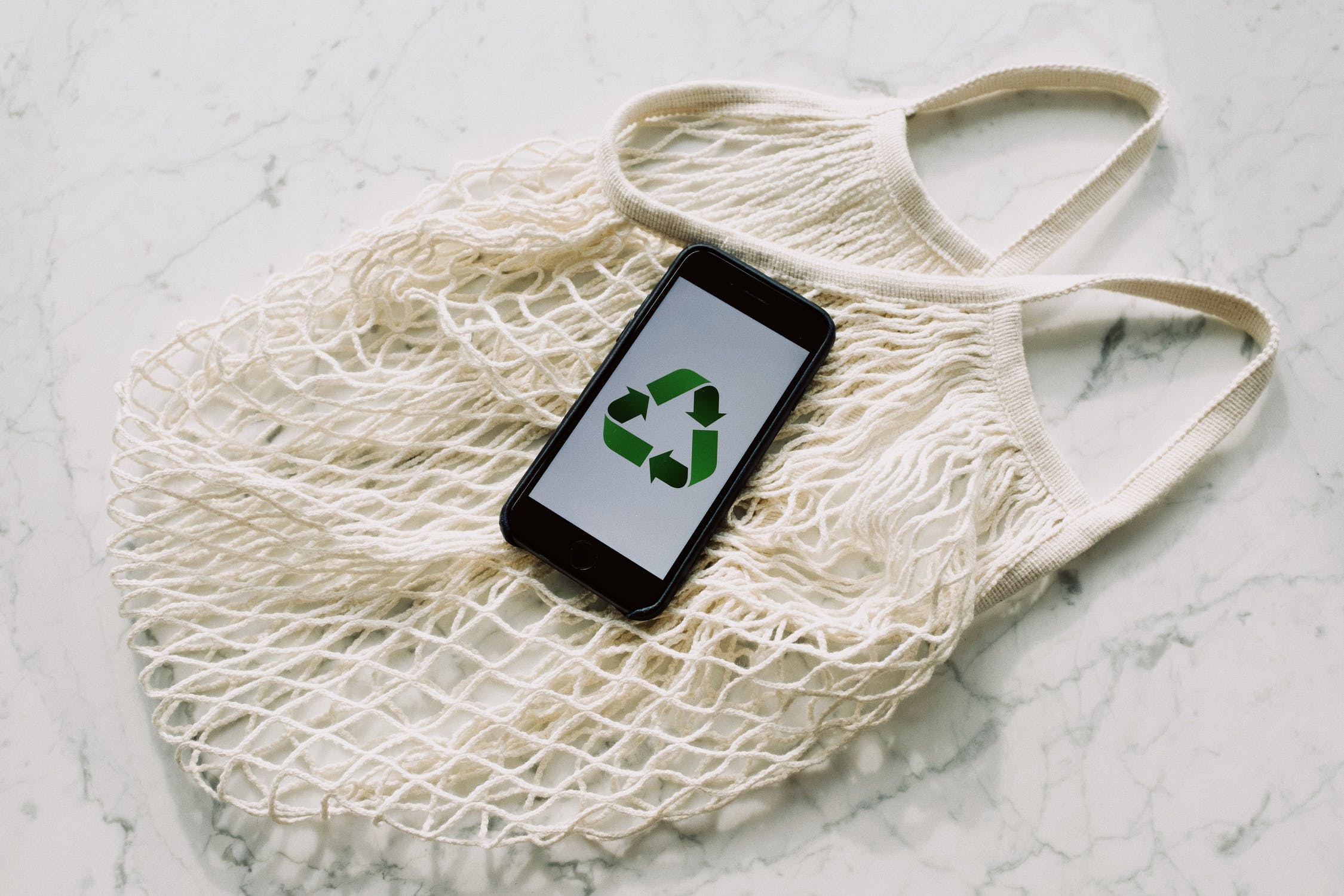Sustainability in textile industry has become an extensively debated issue due to the nature of the industry. Textiles is considered globally as one of the most hazardous both to environment and society if not operated in a controlled way. Unfortunately, in Bangladesh textile industries still has a huge scope of improvement. Without being sustainable the survival of the textile industries is becoming difficult. The first reason behind the current situation of the industries is the lack of knowledge on the concept of sustainability. The following infographics is aimed at answering the question: how the textile and apparel industry of Bangladesh can be developed in a sustainable way?
Major Ecological and Social Challenges in Textile Industry
Textile is one of the most hazardous engineering process. Especially the wet processing industry produces a huge amount of effluents that is polluting our water base extensively. So the sustainable development of the textile industries must be keeping in mind the negative impacts on environment and proper mitigation plans must ne implemented.
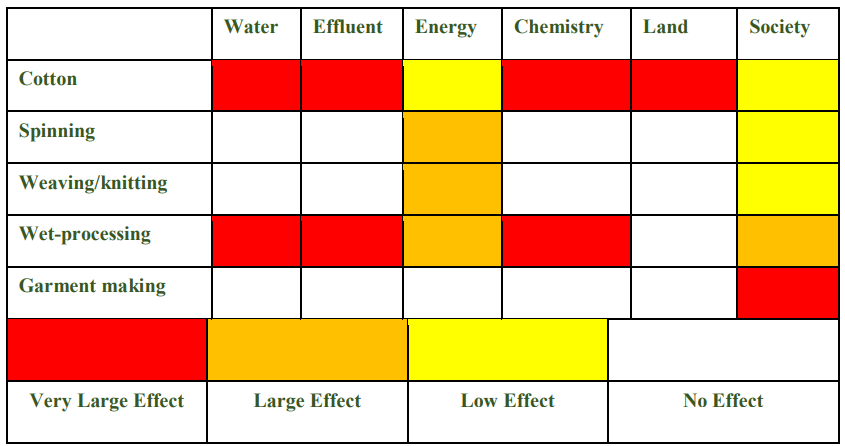
Principles to Achieve Sustainability
Textile is one of the most hazardous engineering process. Especially the wet processing industry produces a huge amount of effluents that is polluting our water base extensively. So the sustainable development of the textile industries must be keeping in mind the negative impacts on environment and proper mitigation plans must ne implemented. To achieve sustainable development these are the five principles that the industry must adopt. But achieving all these are associates with costs. Business cannot adopt sustainable principles compromising the competitiveness. That is the balance the industry must find out to adopt sustainable practices gradually so that the additional costs associated with going sustainable doesn’t affect the competitiveness.
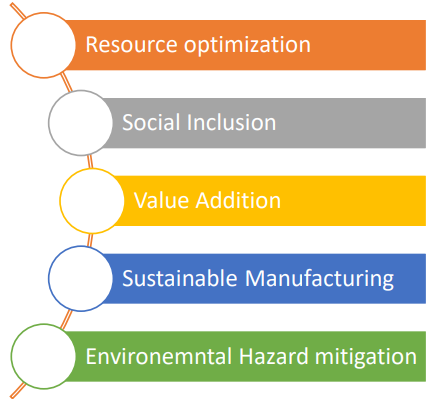
How Competitiveness Can be Achieved
To achieve the sustainable principles without compromising the competitiveness can be ensured through new product development, quality improvement, productivity improvement, cost control and adopting green and eco-friendly initiatives gradually. All these competitive parameters of the industry will contribute to adopt the respective sustainable principles.
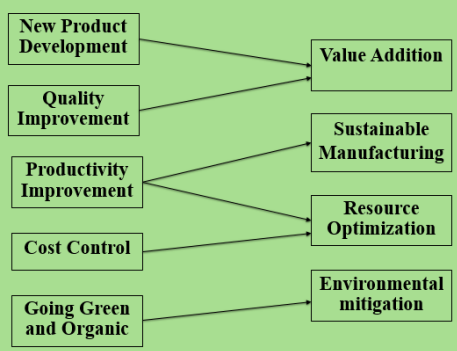
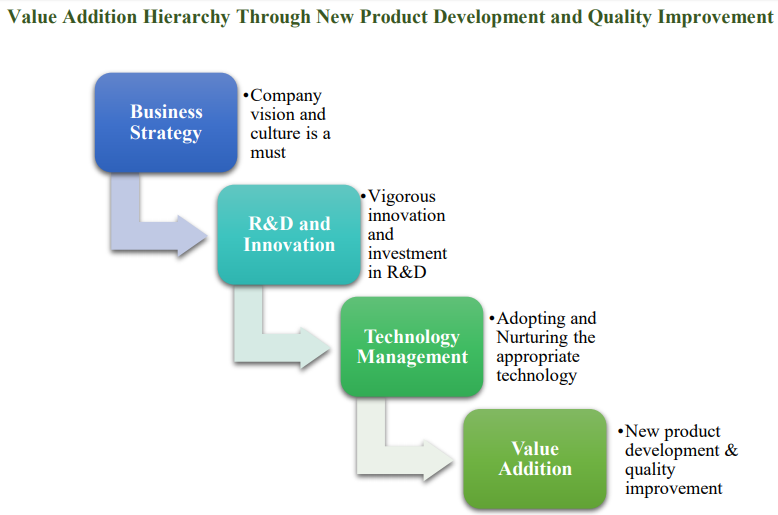
Sustainable Manufacturing and Clean Environment
Sustainable manufacturing is manufacturing products with such process that are not polluting, conserve energy and natural resources, economically sound and safe for employees, communities and consumers. Industry must continuously look for less hazardous options for production and ensure proper mitigation plan accordingly. Running vigorous awareness building and knowledge sharing programs and strengthening law and law enforcing agencies are also important to ensure a clean environment.

The Reality in terms of Sustainability; Where are We Now?
- Industry owners are more aware today, many of them are investing/ transforming to sustainable solutions in terms of environment – the growing number of LEED certified green industries is an indicator.
- Sustenance became hard for the industries reluctant to embrace positive changes due to the active involvement of the DoE, Accord & Alliance and other law enforcement agencies.
- Awareness among the buyers has increased in terms of fair prices and living wages issues.
Challenges to Overcome
- To transform from a low price RMG producing industry to a producer of value added items
- Invest in independent R&D and improve industry – institute collaborations
- Improve the innovative capacity of the industries
- Emphasize on the development of the technological fundamentals of the industry – looking for more sustainable technology options
- The biggest challenge is to achieve sustainability without losing the competitiveness in the market
Recommendations for Sustainable Development of the Textile and Apparel Industry
- Long term business planning with gradual organizational transformation
- Strengthen the Universities and institutes by upgrading the curriculums, improving internship options and exchange programs
- Provide continuous training to the employees on sustainability issues
- Associations should play big role in increasing awareness and auditing
- More and more dialogues and discussions should be arranged with govt., associations, buyers and other important stake-holders.
Content from-
